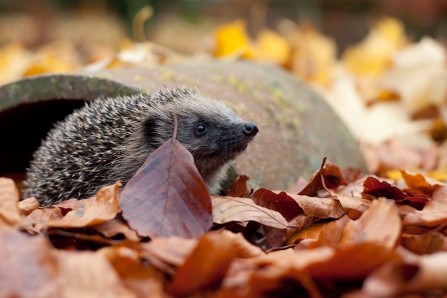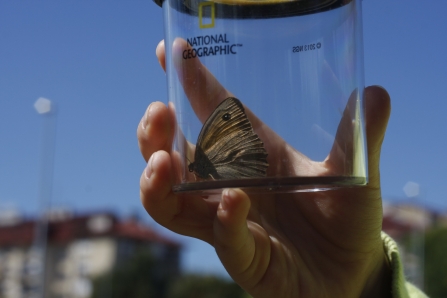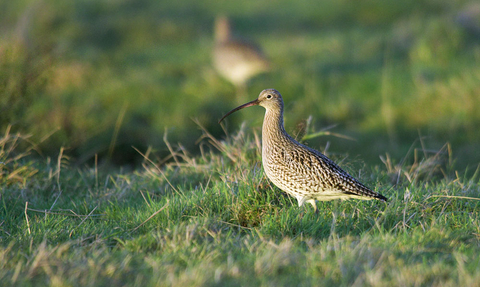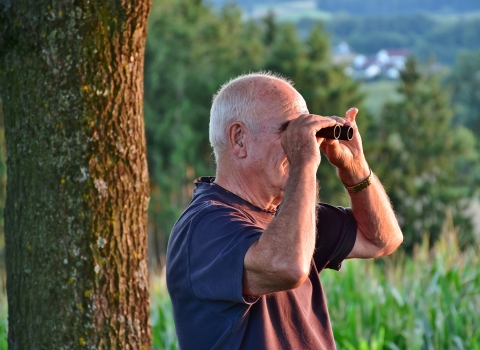Report a wildlife sighting
Think you've spotted something interesting in Staffordshire? Report the sighting with us! Sending your sightings in helps us to learn of population changes and trends in Staffordshire's wildlife. From our records we can also analyse what impact climate change is having on local wildlife and what can be done to help. For example, we are noticing species moving north as climate
warms and migratory birds arriving earlier.

Credit Tom Marshall
Our database of sightings allows us to see what wildlife species are struggling and in need of support, so that we can ensure our land management plans and advice supports and helps them recoverStaffordshire Ecological Record Manager
An invaluable source of information
Staffordshire Ecological Record (SER), based at Staffordshire Wildlife Trust, maintains a database of all records of wild species in the county. The database currently holds 1.5 million records.
Records are sent in by amateur naturalists, special interest groups, and members of the public. The database provides invaluable information to conservationists about what species are under threat, the trends and movements of different species, and where wildlife surveys may need to be undertaken. It is also used by planning authorities and developers who want to find out information about the wildlife in a particular area.
All wildlife records are welcome, from very common to rare species. You can send details of your sighting to SER online, by email to records@staffs-ecology.org.uk or in writing to SER, The Wolseley Centre, Wolseley Bridge, Stafford, ST17 0WT. We use iRecord as our primary record collection database and iNaturalist app during the City Nature Challenge which takes place each spring.
If you are emailing your records to the Trust or sending them via post, please remember to note the following details for your record to be complete; name of recorder, detail of where the sighting took place & date of sighting. You can also attach a photo of what you have spotted too.

Need help with identification?
If you have spotted something and you would like help in identifying it, SER can also help. Send an email with photographs of the species and your contact information to enquiries@staffs-ecology.org.uk
More about SER
SER also offers the following services and information for anyone interested in the county's wildlife:
- Distribution maps for species - many are also available online
- Species lists for sites, or areas, either full or just protected and important species
- Information on protected sites
- Information on habitats throughout the county
- A variety of other analyses
A charge may be made for these services, however, enquiries from general public, amateur naturalists and educational establishments are normally free of charge.
SER is a partnership operated by Staffordshire County Council, Stoke-on-Trent City Council and Staffordshire Wildlife Trust, together with additional funding from Natural England, most local authorities in Staffordshire and other partners.
Identification and recording apps
iRecord
At SER we use iRecord as our primary record collection database,. You can download it to your smart phone and use it to submit records.
iNaturalist
This is another app, which can be downloaded to your smart phone and used to identify and record sightings. You can find out more about it on their website or watch the video below for a quick guide on how to make a record.

John bridges

